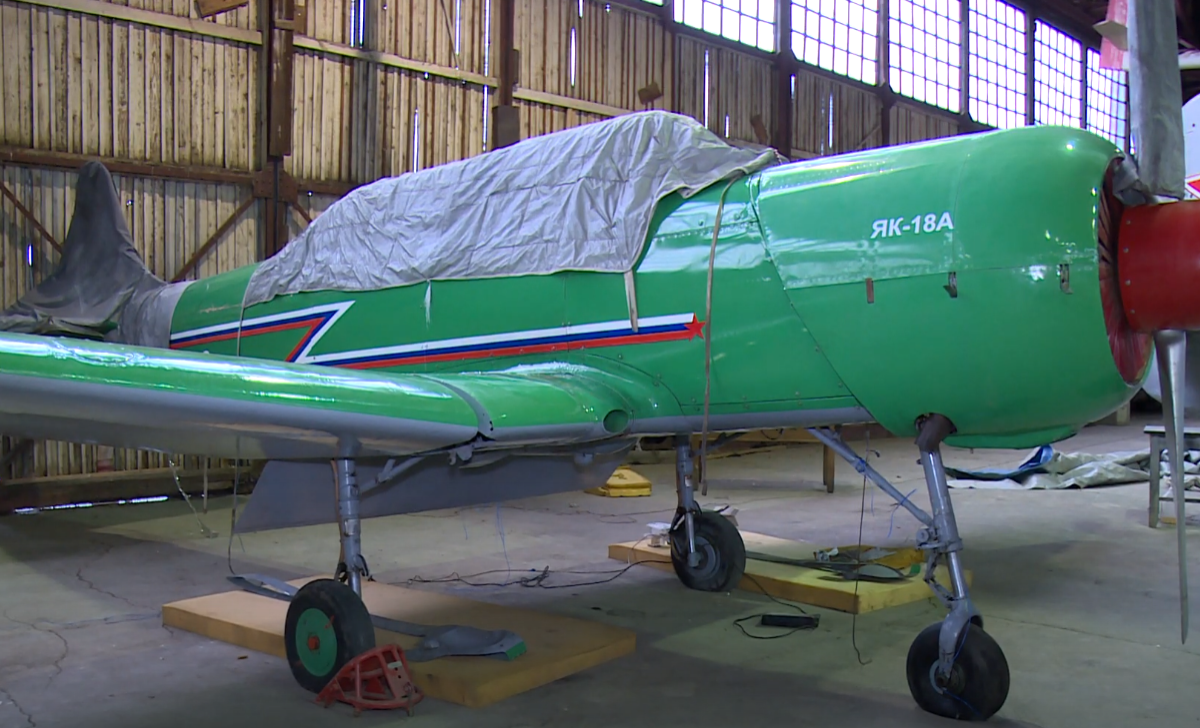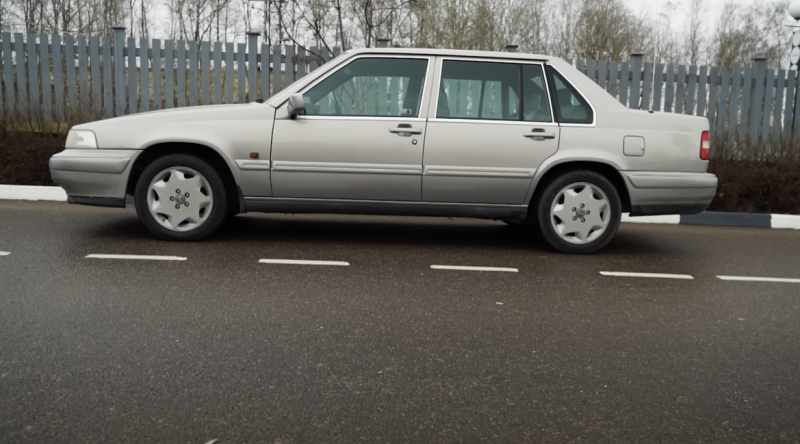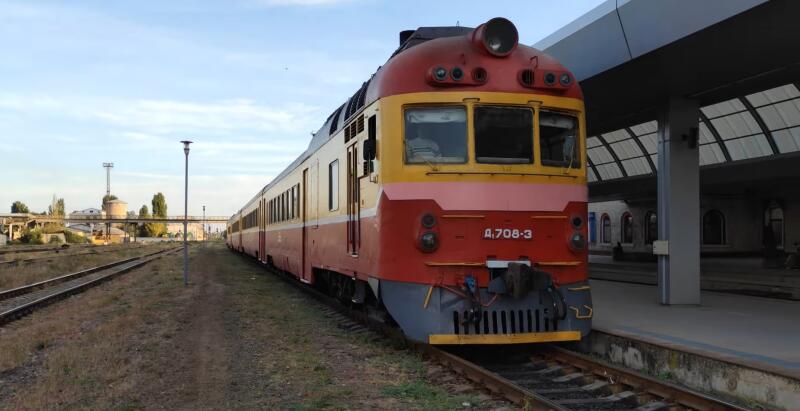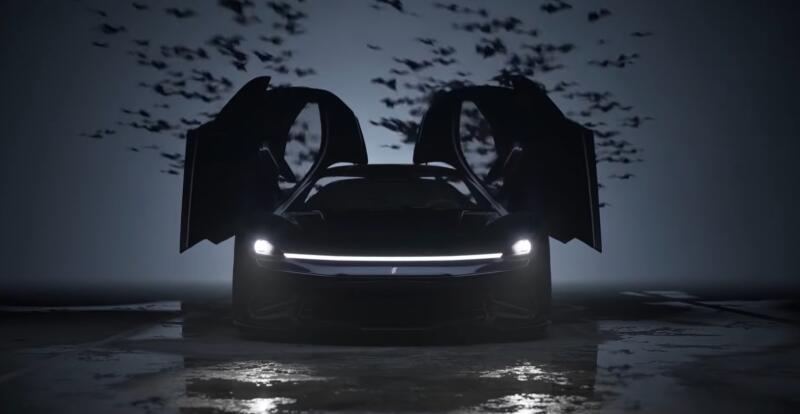Today we will tell you about the Yak-18 - a real "training desk" for several generations of pilots. It was on this aircraft in 1955 that Yuri Gagarin honed his skills, like other famous Soviet aces and cosmonauts.
The story of
After the end of the Civil War in the USSR, the young country faced the issue of creating a powerful and modern army. Already in those years it became clear that it would be difficult without aviation. At first, the problem was solved by purchasing foreign-made aircraft, but they were too expensive. And the capitalists were not very eager to cooperate with the communists.
 High-quality replica of the legendary U-2. Photo: Youtube.com
High-quality replica of the legendary U-2. Photo: Youtube.comWe needed aircraft of our own production, plus by the mid-1920s, the issue of creating an inexpensive training aircraft became acute. Schools could not produce specialists without having the necessary material and technical base.
So in 1927 the U-2 biplane appeared. The aircraft became a real all-rounder, and it proved this during the Great Patriotic War, often performing the role of a light night bomber.
The next "training desk" was the UT-2, the famous monoplane developed by Yakovlev's design bureau in 1935. This aircraft became the standard for many years, but after the war it became obsolete. I had to develop a new model.
Work on the Yak-18 began in 1945. The model was developed not only as a training model - it should also become a sports model, because after the end of the war, the country needs to conquer new, peaceful peaks.
An experienced UT-2L was taken as the chassis, so the development moved forward quickly. Interestingly, Alexander Yakovlev instructed engineer Sinelshchikov to take care of the new aircraft even before the official decision of the Council of People's Commissars appeared. The development order was signed only at the beginning of 1946.
It was necessary to start testing literally in a few months, and at that time orders were carried out quickly, in a military way. Therefore, in May, the Yakovlev Design Bureau managed to build two prototype aircraft.
 Aircraft UT-2 in the sky. Photo: Youtube.com
Aircraft UT-2 in the sky. Photo: Youtube.comOn one, it was originally planned to install the M-11FM engine. They wanted to put a new M-12 on the second one, but they did not have time to finalize it. As a result, both experimental aircraft received the same power units. It was the M-11FR, which can be considered a transition between the two models.
In the summer of 1946, both Yak-18s left for state trials. In their process, the aircraft proved that they are superior in all respects to the UT-2. The only problem was a propeller failure on one of the prototypes. After replacing the unit and control tests, the aircraft was put into service and recommended for production.
Modifications
The first production aircraft began to be assembled in 1947. It was called the Yak-18 and was modernized many times.
On the basis of the model, prototypes were assembled, intended for operation in the conditions of the North. The aircraft received a non-retractable ski landing gear and was tested in 1947-49. Such an aircraft did not go into production, and for the polar explorers they simply altered the available serial Yak-18s.
In 1949, the M12 engine was finally finalized, which was planned to be installed on experimental models. The tests were successful, but this did not save the motor. By that time, a new, more powerful power unit, the AI-14, had been developed and tested.
In 1951, they decided to carry out a global modernization of the aircraft. The main goal was to make a training model, albeit devoid of some versatility, but capable of preparing cadets for piloting combat aircraft.
 There is some soulfulness in the Yak-18. Photo: Youtube.com
There is some soulfulness in the Yak-18. Photo: Youtube.comThe main difference between the Yak-18U is a modified chassis layout. Instead of a nose wheel, a retractable strut appeared.
The aircraft lost some of its flight qualities, gained weight, but after training, the cadets could immediately transfer to combat fighters. The model was ready for serial production in 1951, but the project was "frozen".
It is believed that the plane was personally rejected by Comrade Stalin, who was not satisfied with the loss of the universality of the model. Therefore, mass production began only after the change of power.
In 1956, the third major modification appeared - the Yak-18A. This is the last piston training aircraft put into service in the Soviet Union. The new model received an engine with a capacity of 220 liters. with., which was then finalized to 260 liters. With.
On the basis of the Yak-18A, sports aircraft modifications began to be built.
They received the following letters in the index:
✅ P
✅ PM
✅ PS
On these planes, Soviet athletes repeatedly won gold medals.
 Real Yak-18 on the go. Photo: Youtube.com
Real Yak-18 on the go. Photo: Youtube.comThe last model in the series was the Yak-18T. This version was developed in 1967 specifically for the training of civil aviation pilots. The model was intended for 4 people and could be used not only as a simulator, but also for transporting small loads and 2-3 passengers.
The Yak-18T was produced from 1973 to 1983. After the collapse of the Soviet Union, interest in the aircraft resumed. Private flying schools needed such an inexpensive model. In 1993, the production of the Yak-18T was resumed - the aircraft is still produced piece by piece.
Model construction
Consider the technical features on the example of the Yak-18A model. This is a typical monoplane equipped with two seats and not intended for commercial or passenger traffic. Features an all-metal body.
The frame is made of chromansile pipes. They are sheathed with duralumin sheets.
The engine of the Yak-18A is star-shaped. This is a nine-cylinder power unit with the AI-14R index.
 How many pilots were trained on these planes! Photo: Youtube.com
How many pilots were trained on these planes! Photo: Youtube.comTwo seats on the plane are designed for a cadet and a flight instructor. Everyone has controls, and they are interlocked. This is necessary so that an experienced pilot can correct the situation in the event of a dangerous situation. Training in the air is not a driving school - here any mistake can be fatal.
Cabin Yak-18A heated, has a common "cap".
The cadet and the instructor could communicate with each other. At first, a tube was used for this, then the model began to be equipped with modern intercoms.
The R-800 radio station was also installed on a regular basis. The landing gear of the Yak-18A is pneumatic, but the wheels are not completely retractable inside the fuselage.
The maximum speed that the training aircraft developed was 250-263 km / h, depending on the modification and the installed engine. It is interesting that the flight range of the aircraft of the first series was greater than that of the Yak-18A - 1 versus 080 km.
Where it was operated except for the USSR
The Soviet training aircraft was traditionally supplied to various friendly countries. The Yak-18 was operated in the GDR, Poland, Afghanistan, Egypt, Albania, North Korea, Cuba and other countries that do not have their own aircraft production.
 Yak-18Ts are still flying. Photo: Youtube.com
Yak-18Ts are still flying. Photo: Youtube.comThe Chinese authorities went further - they asked the Soviet Union to help establish a licensed release of the model in the Celestial Empire. Big Brother graciously agreed. During the Korean War, the aircraft was used as a light night bomber, however, not for long and unsuccessfully.
But in Soviet films, the Yak-18 and its modifications often played the role of military fighters. Sometimes they were even used as German models, which is understandable - where to get the collection "Junkers" in the USSR?
The Yak-18 is a landmark model. Many Soviet and Russian pilots remember this aircraft with warmth - it's their "school desk"!










